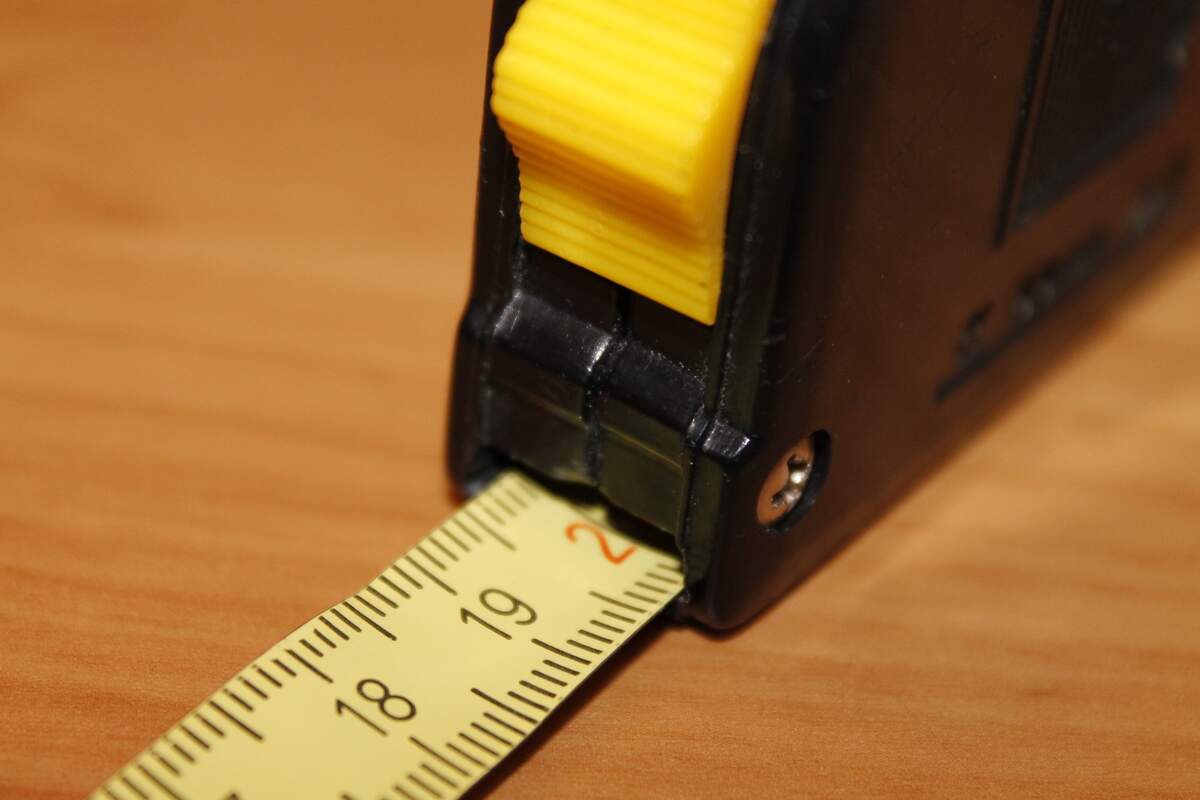

National Tape Measure Day
On July 14, 1868, Alvin J. Fellows of New Haven, Connecticut, was granted the first U.S. patent for a spring-click tape measure. Fellows' tape measure improved upon a spring tape measure that had been patented in 1829 by James Chesterman of Sheffield, England. Fellows' tape measure wound up the usual way, but the spring click, or clip, could lock the tape in place so it didn't retract until the click was released. The anniversary of Fellows' patent is celebrated as National Tape Measure Day.
Tape measures are used to find out the size of an object or the distance between two objects. They are commonly used while surveying, sewing, and woodworking, and while building, maintaining, and repairing homes and automobiles. The edge of the tape is marked with measurements, usually at increments of an inch and of a quarter, eighth, and sixteenth inch. Markings of millimeters, centimeters, and meters are also common. Tape measures are regularly sold at lengths of 12 feet, 25 feet, and 100 feet. Those used for sewing are usually 5 or 10 feet long. Tape measures can be spring-loaded or may have a crank on their side. Spring-loaded tape measures have a retractable metal tape, while those with a crank often have tapes made of vinyl or cloth. These are most often used for surveying and are sometimes called measuring tapes instead of tape measures.
How to Observe National Tape Measure Day
Celebrate the day using a tape measure! Use one to measure the length of something or the distance between two points. Use one while woodworking, sewing, surveying, or building. Make sure you know how to use it properly!





















